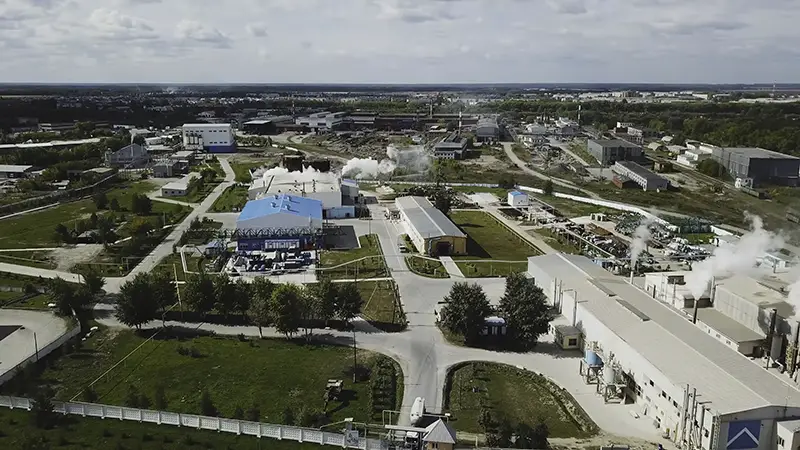Click here to get this post in PDF
In 2017, the Tax Cuts and Jobs Act introduced the concept of Opportunity Zones, a revolutionary approach aimed at incentivizing private capital to stimulate economic growth and redevelopment in underprivileged areas across the United States. This initiative — designed to redirect capital gains into struggling communities through tax incentives — garnered significant attention for its potential to reshape local economies and foster inclusive growth.
As we navigate through 2024, the landscape of Opportunity Zones presents a fascinating tapestry of evolution, challenges, and potential, reflecting both the program’s original ambitions and the dynamic nature of economic and legislative shifts. In the intervening years since their inception, Opportunity Zones have experienced a journey marked by both critique and commendation. The core idea of these zones has been to offer investors a lucrative avenue to support community development while concurrently reaping the benefits of tax deferment and reductions.
“This dual-edged strategy aimed to create a win-win scenario: igniting economic activities in areas that mainstream investment channels have historically overlooked while providing investors with a financially appealing proposition,” shares Ashley Tison, founder and president of OZPros.
Recent legislative developments and their impact
The landscape of Opportunity Zones in 2024 has notably been influenced by the introduction of the Opportunity Zones Transparency, Extension and Improvement Act in late 2023. This bipartisan legislative proposal sought to extend the investment period and the capital gains tax deferral period for investments in Qualified Opportunity Funds (QOFs) from the original deadline of December 31, 2026, to December 31, 2028. This extension aimed to compensate for the time lost during the initial rollout of the program when many investors awaited clearer regulations.
This legislative shift is significant, potentially amplifying the scope and duration of investments in these zones, thereby boosting their economic impact. Moreover, the proposed legislation addresses the need for greater transparency and oversight by reinstating reporting requirements omitted in the 2017 Tax Act to ensure the program operates as intended and facilitates tracking of long-term outcomes in designated communities.
The legislation also introduces a critical amendment for non-impoverished Opportunity Zones, setting a sunset clause for areas with median family incomes above a certain threshold while providing states the flexibility to replace these zones with more needy areas. This amendment is poised to refine the focus of the program, ensuring that the benefits are more accurately targeted towards areas in dire need of economic upliftment. It also provides a mechanism for governors to add new census tracts to replace those that get sunset.
The future of opportunity zones: Predictions and possibilities
Looking beyond 2024, the future of Opportunity Zones is ripe with both predictions and possibilities. One of the most significant prospects is the continuous evolution of these zones into engines of sustainable and inclusive growth.
There’s a growing trend towards investments that yield financial returns and contribute positively to environmental sustainability and social welfare. “This shift could see Opportunity Zones,” notes Tison, “becoming focal points for green energy projects, sustainable infrastructure, and community-centric developments.”
Another possibility lies in the potential refinement of the program’s structure and objectives. The increasing focus on transparency and targeted impact suggests that future legislation might further hone the criteria for zone selection and investment projects, ensuring that benefits are more directly channeled to the communities that need them most. Additionally, there may be an expansion in the types of projects eligible for investment, potentially broadening the scope to include more diverse and innovative community initiatives.
Technological advancements could also play a pivotal role in shaping the future of Opportunity Zones. With the rise of data analytics and digital platforms, there’s an opportunity to leverage technology for better decision-making, impact assessment, and community engagement. This could lead to more efficient and effective investment strategies and enhanced monitoring and reporting capabilities.
However, alongside these optimistic scenarios, there are uncertainties. Economic fluctuations, policy changes, and shifting investor priorities could all impact the trajectory of Opportunity Zones. Navigating these uncertainties will require adaptability, foresight, and a commitment to the core objectives of community development and economic revitalization.
Challenges and considerations for future investments
While promising, investing in Opportunity Zones comes with challenges and considerations, especially as we look toward the future. One primary concern is ensuring that the benefits of such investments genuinely reach the intended communities. There’s an ongoing debate around issues like gentrification and displacement, where investment in underdeveloped areas can inadvertently lead to the marginalization of existing residents. This delicate balance requires thoughtful planning, continuous community engagement, and strategies prioritizing local needs and voices.
While the tax benefits are a significant draw for investors, aligning these financial incentives with the broader goals of community development poses another challenge. Investors must consider the financial returns and the social impact of their investments, necessitating a shift towards more socially responsible investment strategies that emphasize sustainable and equitable community growth.
More importantly, navigating the regulatory landscape of Opportunity Zones can be complex, particularly with evolving legislation and reporting requirements. “Investors must stay informed and compliant, understanding the intricacies of the regulations and how they affect investment strategies,” Tison warns.
The success of Opportunity Zones hinges on a balanced approach that aligns investor incentives with the core goals of community upliftment and sustainable development. These zones are a testament to the innovative spirit of economic policy, showcasing how targeted incentives can catalyze growth in areas long neglected by traditional investment mechanisms.
“As Opportunity Zones continue to evolve,” Tison says, “they hold the promise of transforming landscapes as well as lives, paving the way for a future where economic prosperity and social equity walk hand in hand.”
You may also like: 5 Benefits of Industrial Sheds You Should Know
Image source: elements.envato.com

